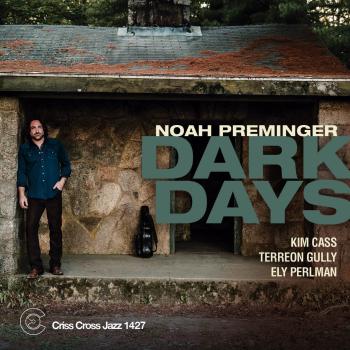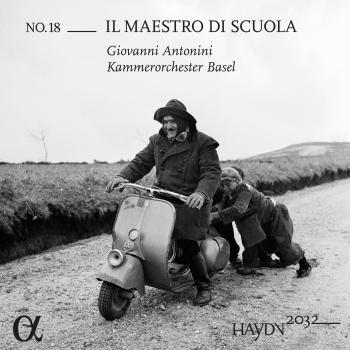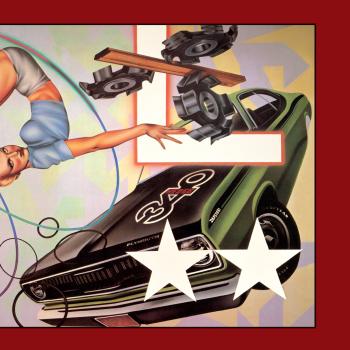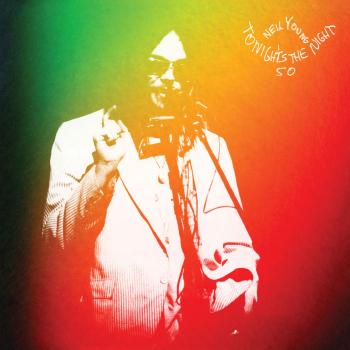Les Baxter and His Orchestra
Biography Les Baxter and His Orchestra
Les Baxter
was born in 1921 in Mexia,Texas (birthplace of Anna Nicole Smith), and spent part of his childhood in Detroit, where he attended the local conservatory and was considered something of a prodigy. He appears to have been fluent at an early age on piano and most woodwinds. I have seen a picture of him as a child where he is playing either a soprano saxophone or a metal clarinet. I never heard him speak of his father nor of any brothers or sisters, but apparently his mother was a wonderfully encouraging woman who saw the spark of music in her boy.
Buy the time he was in his teens, he was working in California in various dance bands as a tenor saxophonist and arranger, and also attending Pepperdine University as a music student.
Les was very much a product of the Big Band Era. He counted legendary tenor saxophonist Coleman Hawkins as a personal hero. This is typical of any young saxophonist of the period -- Hawkins was a huge force on his instrument, and his 1939 Victor recording of "Body And Soul" was the Rosetta Stone of saxophone up to that time. Les knew and loved that record, and I can still recall him sitting by his swimming pool in November 1994, singing Hawkins' solo
Les worship of Hawkins was supplanted by his hearing Ben Webster -- Duke Ellington's featured tenor saxophonist of 1939-41. note-for-note.Webster was bluesier and had a darker, gauzier tone. He was the Barry White of tenor. Les spoke often and rapturously about seeing the Ellington band during that period, and was influenced deeply by what he heard.
Also, he got to know many of the Ellingtonians on a personal friendship level, giants such as Tricky Sam Nanton, Johnny Hodges, Billy Strayhorn, Jimmy Hamilton, and, of course, clarinetist Barney Bigard.
Bigard gave notice to Ellington in early 1943, during the band's engagement at Los Angeles' Trianon Ballroom. He then formed a sextet with Les, a trumpet player, and a rhythm section of piano, bass, and drums. Les called it "the first progressive jazz group". How progressive it actually was is a matter for conjecture. Bigard was an old-line New Orleans clarinetist whose style was rooted in something earlier than the style represented by Benny Goodman or Artie Shaw. What is for sure is that Les and Bigard were absorbed into the band of boogie woogie pianist Freddie Slack, whose popularity skyrocketed with his finding a large-breasted teenaged white girl who sang black. Ella Mae Morse was the featured girl singer, and her "Cow Cow Boogie" was an important early hit for Capitol Records
The Slack band was a unique one. Although know mostly for boogie specialties, Slack, to hear Les tell it, "could play anything. It's just that his boogie woogie things were the most commercial". The band featured Les, Bigard, Morse, and Aaron "T-Bone" Walker, the first important electric blues guitarist (and a great vocalist whose "Stormy Monday" is a true classic). Freddie Slack and his Orchestra toured widely and recorded prolifically, probably Les' first prolonged exposure to this sort of professional musical life.











